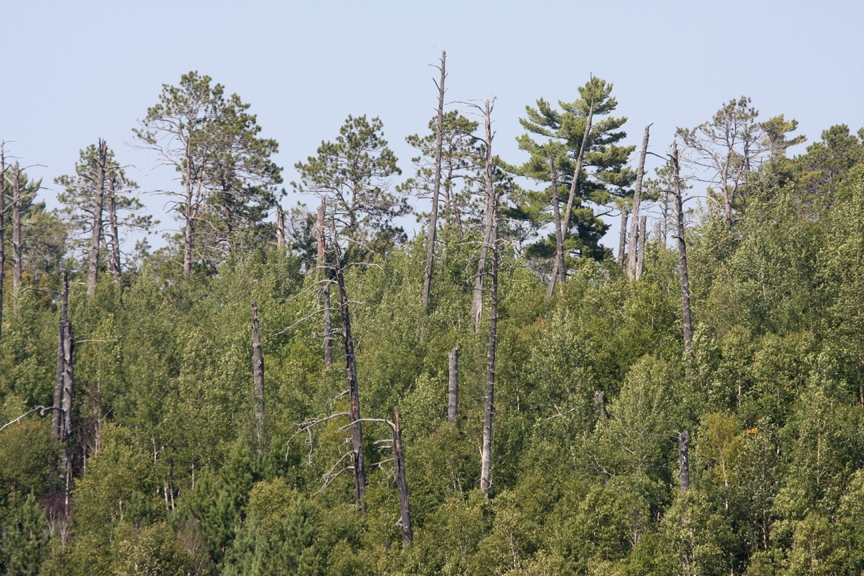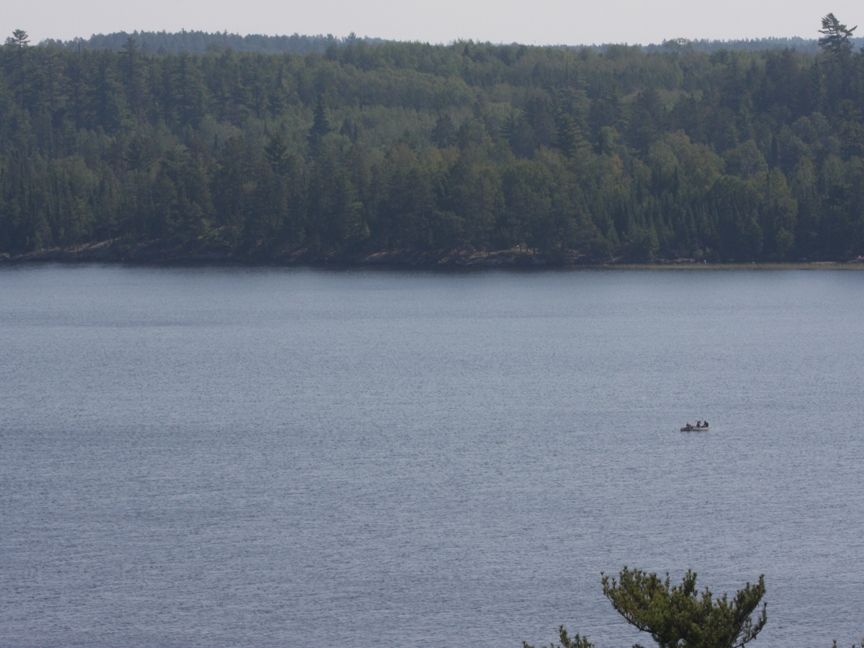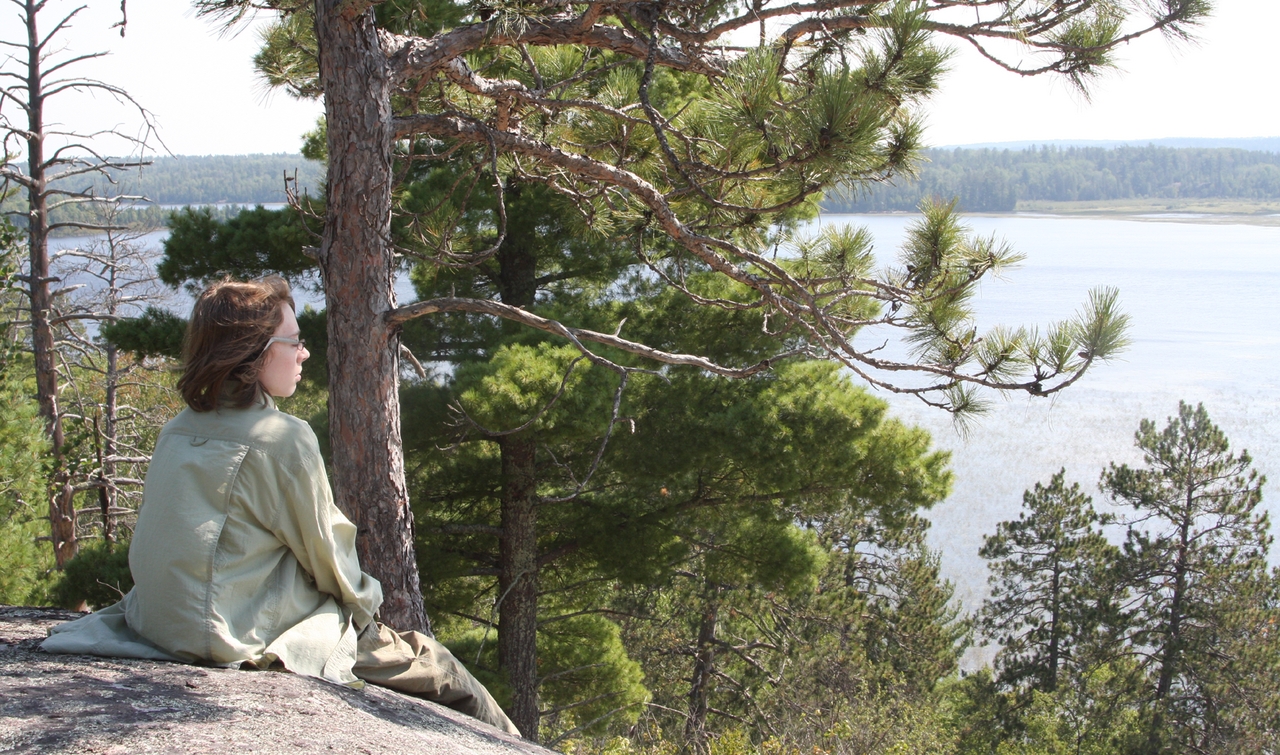Support the Timberjay by making a donation.
Lessons from a Boundary Waters day trip
Canoeing's still fun, but I'm not as young as I used to be
I guess I’m just starting to get old.
There was a time when I paid no attention to the length of a portage trail in the Boundary Waters, or the weight of the canoe I was carrying. As a senior …
This item is available in full to subscribers.
Attention subscribers
To continue reading, you will need to either log in to your subscriber account, below, or purchase a new subscription.
Please log in to continue |
Lessons from a Boundary Waters day trip
Canoeing's still fun, but I'm not as young as I used to be
I guess I’m just starting to get old.
There was a time when I paid no attention to the length of a portage trail in the Boundary Waters, or the weight of the canoe I was carrying. As a senior in high school, a friend and I spent a week traversing interior lakes, winding streams, and brutal portages with my father’s aluminum square-stern canoe, which weighed in at a comfy 98 pounds. And we didn’t think anything of it.
The Stuart River portage was long a favorite of mine, since there’s nothing like starting out a trip with a good 575-rod carry (about a mile and three-quarters) to weed out the 612ers.
Which is perhaps why I never bothered to add up the hauls as I planned a wilderness day trip into Ramshead Lake last Saturday, with my son Max.
On the map, it all looked so easy— and I had traveled the route before on a previous foray to see the big old red and white pine that still survive on Ramshead’s eastern shore. The weather forecast looked great and Max was willing, if not eager, to join me.
We started from the Moose River entry point off the Echo Trail. As usual for a busy weekend, the parking lot was jammed with cars and the river itself was nearly as crowded. It’s a quick and relatively easy route to Lac La Croix, heading up through Nina Moose and down the Nina Moose River to Agnes Lake. From there, you slide down the Boulder River into La Croix’s Boulder Bay. Easy travel makes for a popular route and the throngs of canoes that clogged at least one portage on our journey bore that out once again. I grumbled quietly to Max about all the people, but he cut me down, pointing out that if I didn’t want to see anyone, I could have just stayed home. I couldn’t argue with him.
In any case, we soon left the throngs behind. When we hit Nina Moose Lake, the fast lane heads north, but we veered to the west, towards the little-used portage to Lamb Lake. Along the way, we took time to climb the big rock ridge on Nina Moose’s western shore. Young pine, aspen and birch have been slowly repopulating the rock face in the wake of the Little Indian Sioux fire that swept the area in the 1970s, but much of the rock is still exposed. We climbed to the top and ate lunch while a steady stream of canoes passed by far below. We watched a flock of geese circle the lake and slowly descend into a bed of wild rice on the lake’s south shore.
It crossed my mind to spend the afternoon on our lofty perch, but my internal Type A taskmaster wouldn’t let go of our ultimate goal. It was Ramshead or die trying. So we climbed back down and made our way to the next portage, a 228-rod haul. By the time we made it to Lamb Lake, I realized it had become a pretty warm day and that the 68-pound Royalex canoe on my shoulders had some disadvantages over Kevlar. I also realized that the 228-rod return trip later that day wasn’t going to be much fun.
We did, on the other hand, earn a lake all to ourselves. Lamb Lake has no campsites and clearly sees little traffic, and no one was on the lake on this Saturday afternoon, other than us. The map suggested we could follow a stream nearly to Ramshead Lake, but when the stream proved to be choked with muskeg, we backtracked and found that the once-short portage into Ramshead had become a long portage. Max, who was in charge of carrying our lunch and the paddles, put his foot down. He was tired of portaging. I pointed out he’d been doing ten percent of the work and 100 percent of the complaining, and he didn’t argue the point.
So we left the canoe and walked the portage to Ramshead. From there, we headed north through the woods along the eastern shore, spotting a few big pine, until Max got stung by a bee, which claimed the last breath of wind from his sails.
It was a long slog back from there. The 228-rod portage seemed twice as long on the way back, and I knew the 160-rod uphill trudge from the Moose River to the parking lot was going be a lot tougher than it was that morning.
As we paddled, I started adding up the portages. 228 rods twice. 160 rods twice. And a few shorter portages along the way. All told, it was nearly 1,000 rods, or just under three miles, all with a canoe on my back. No wonder my shoulders felt raw. Next time, I’ll add up the portages beforehand. Or I’ll bring a lighter canoe. Or both. After all, I’m not a kid anymore.













